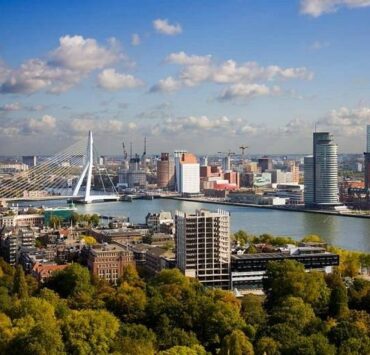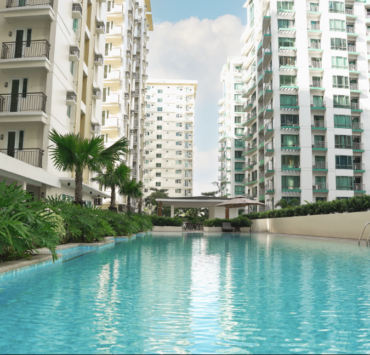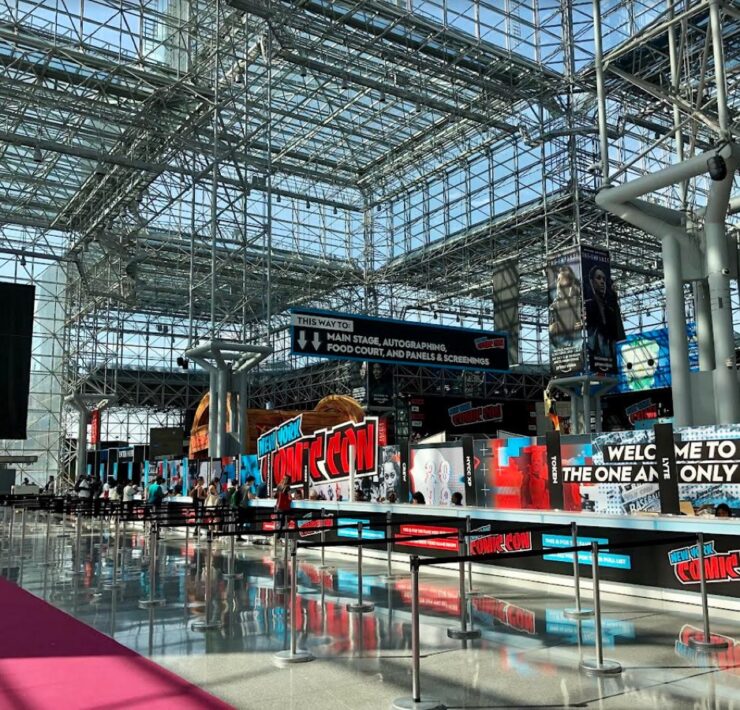Where the water goes: Planning for sustainable communities
We are living at an inflection point in history.
Climate change has brought about many new challenges with the changes in our weather patterns and will bring about even more extreme and erratic weather patterns in the near future. Humanity is tasked with adapting to this new world at an unprecedented pace. Our social systems and technological knowhow will need to grow and work at a much faster rate for us to better cope.
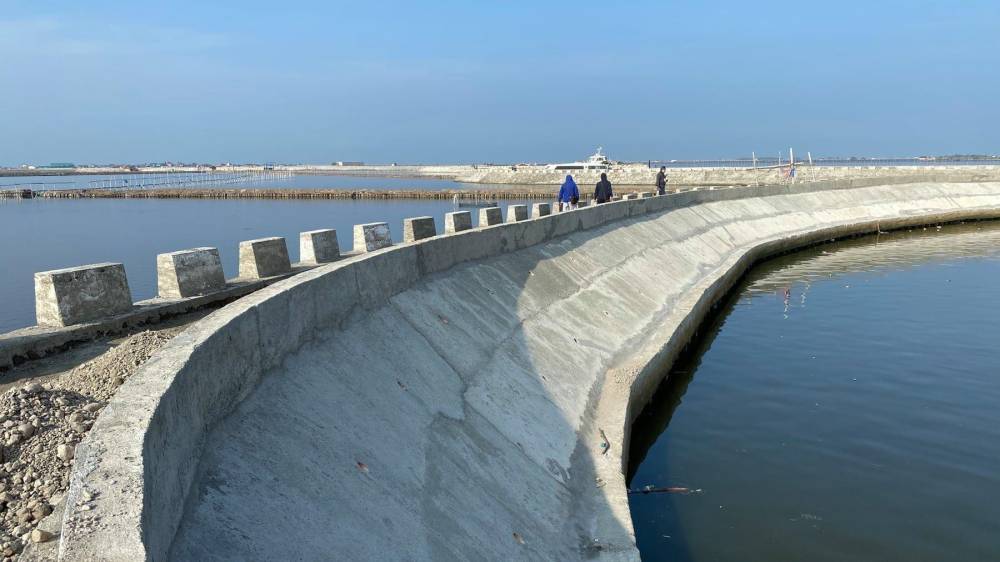
Vulnerable nation
The Philippines is an extremely vulnerable archipelagic nation at the frontline of extreme weather and typhoons.
We are often the first and hardest hit as typhoons come out of the Pacific. This makes our eastern coastal areas exposed to typhoons. Rising sea levels threaten the small strip of western coastal land between the mountain and the sea. Our mountains are threatened by mining and quarrying activities and we have the lowest percentage of forested land in Southeast Asia except for the city of Singapore.
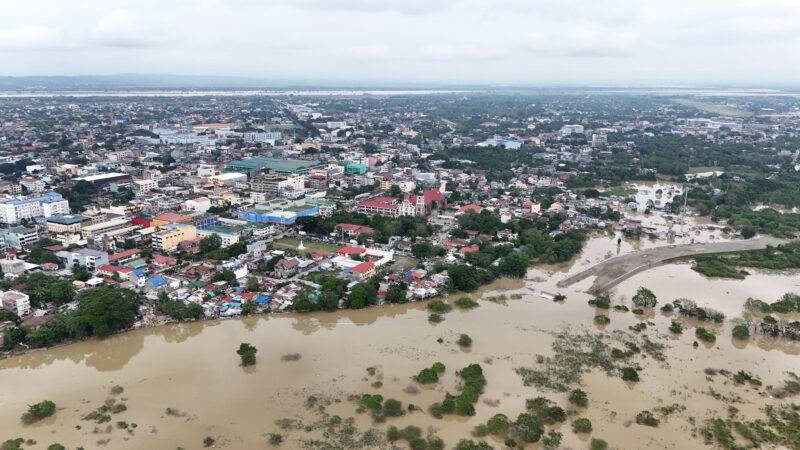
Climate change is threatening our nation and human activities are worsening this. We need to engage national and regional strategies to deal with climate change.
We must identify our vulnerabilities and the solutions we need to address them. We need proper and actionable plans that can help realize these strategies and adapt our communities to these new realities.
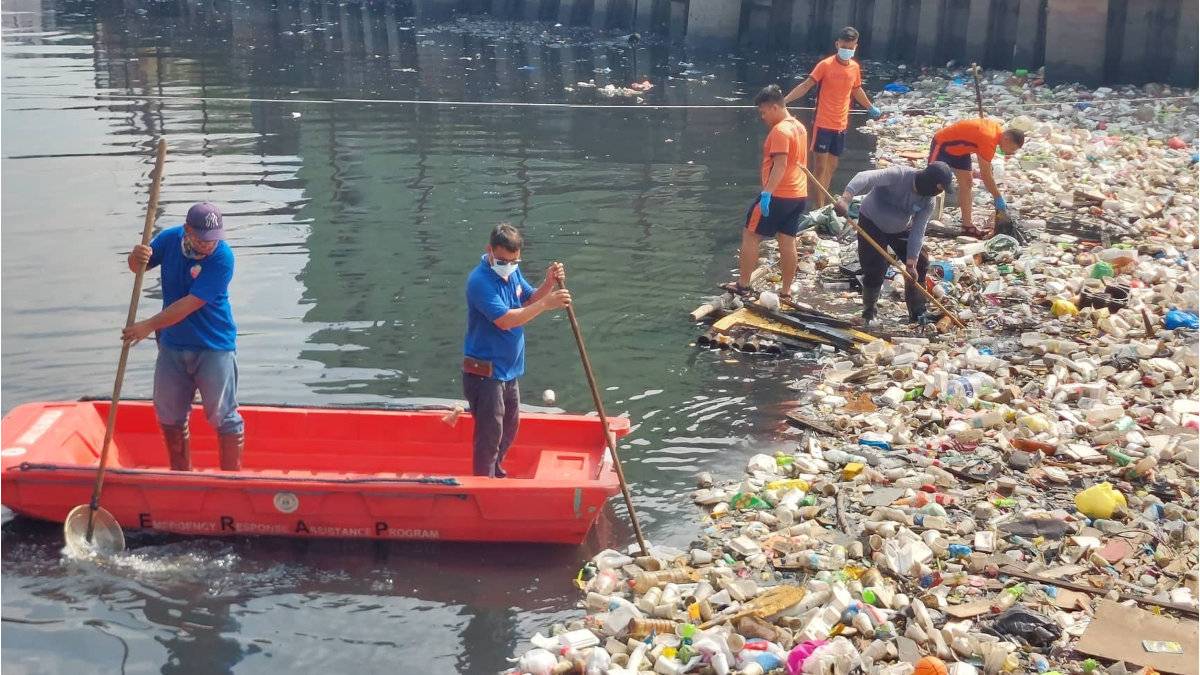
Our recent struggles with storms and flooding continue to serve as an annual reminder. We cannot continue on the same path we are currently in. Singular engineering solutions cannot cope with the wide ranging changes in our climate systems. We must adopt multidisciplinary and holistic solutions that enhance natural systems and mitigate social disruption.
Social and natural infrastructure must be adopted together with hard infrastructure.
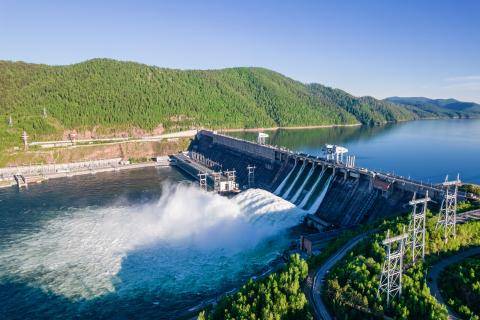
New ideas
There are numerous case studies available for us to develop new ideas that are tailor fit to our particular problems.
We must strengthen our wetland areas to better absorb extreme rainfall. Reinforced wetlands can help serve as absorption basins to better control floodwaters. They serve to preserve natural ecosystems and help strengthen our aquifers. They also provide a ready source of water during droughts and extreme dry spells.
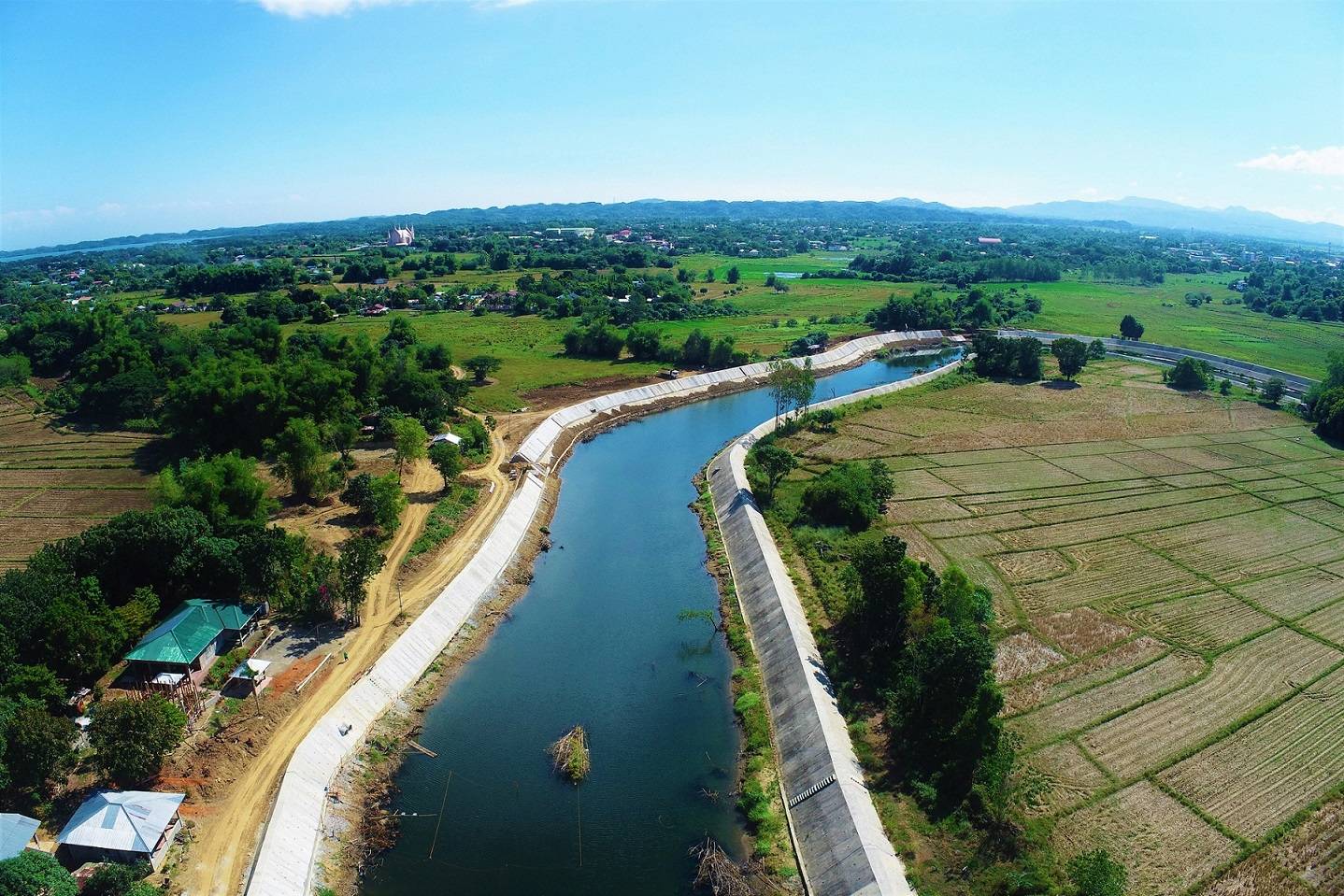
We must not just protect our mountains but help set aside large swaths for restoration of our forest biomass. Our natural geography must serve to protect our communities and not just benefit singular individuals.
A clear distinction between casual tree planting and actual reforestation must be made. We must quantify new forests that we create for the betterment of the next generations.
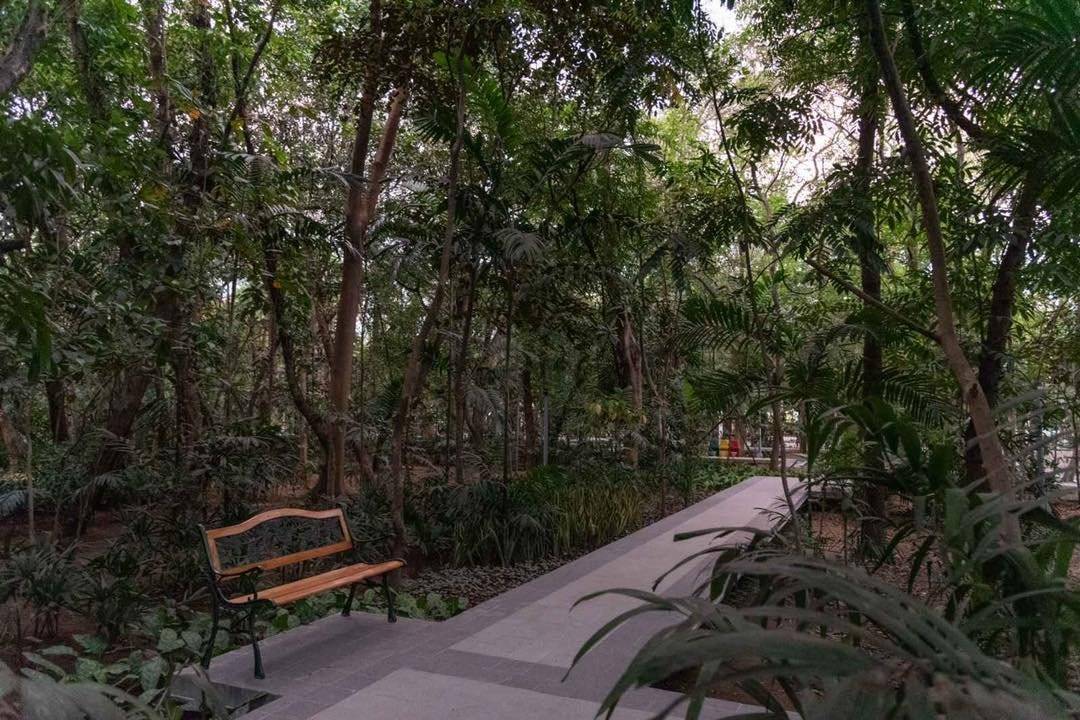
We must protect our cities and urban centers from the worst storms and plan for them. Water channels must be opened and protected. Absorption and retention rates of our parks and plazas must be increased and preserved.
Rivers and their tributaries should be properly documented and highly protected. We must think of river systems as a complete system that involves biological as well as geological factors.
Overhaul
The overhauling of our environmental protections must be undertaken as soon as today. We need to create comprehensive and complete solutions that can quantifiably address our challenges.
Do not just plant a tree for the future. Save a forest. Save the future.
Design exploration requires the input of everyone in our community. We invite everyone to come join our explorations on the human environment. Join us on Instagram @wtadesignstudio and @entrari














